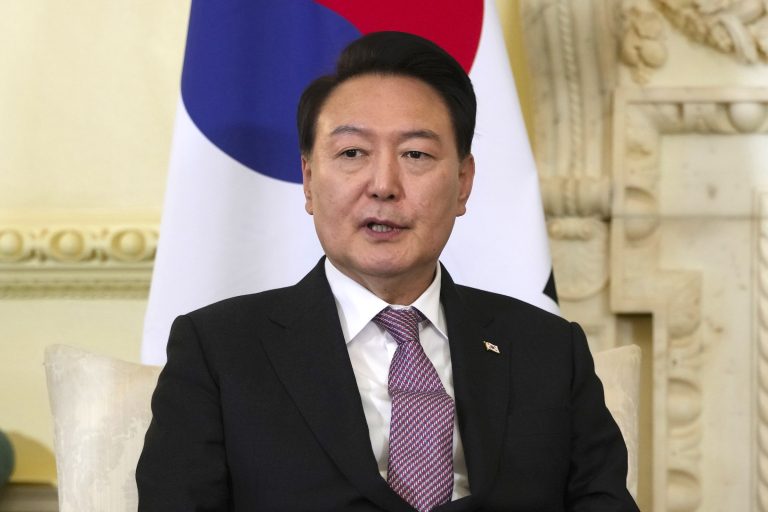Beijing has renewed their interest in the small island nation of Kiribati (pronounced Kiribas) contemplating an infrastructure project there which would upgrade an existing airstrip on the strategically located island, reports Reuters.
The plans target the Kiribati island of Kanton (also spelled Canton) a small atoll located approximately halfway between China and the Hawaiian islands.
Despite Kiribati’s small size, it commands one of the largest exclusive economic zones on the planet, with an area of more than 1.4 million square miles.
Having gained independence from the United Kingdom in 1979, Kiribati, with a population of approximately 120,000 citizens, is located deep in the South Pacific. It is also the only country in the world to be situated in all four hemispheres.
Kiribati fell out of favor with the People’s Republic of China (PRC) in 2003 when its president at the time recognized the Republic of China (ROC) based on Taiwan. However, cooperation between mainland China and Kiribati restarted in late 2019, under President Taneti Maamau. who ran on a pro-Beijing platform and narrowly won office in the island’s most recent election. Kiribati has dropped formal diplomatic relations with Taiwan, recognizing the PRC instead.
Kiribati’s strategic potential
Success
You are now signed up for our newsletter
Success
Check your email to complete sign up
The island has been described as “a fixed aircraft carrier” and would be an ideal location from which to conduct surveillance missions utilizing long-endurance unmanned aircraft.
Its location in the South Pacific allows for relatively easy access to numerous locations including Australia, New Zealand, Papua New Guinea, and Hawaii. The area is optimal for persistent intelligence-gathering and control of the South Pacific. It would be of significant interest to Communist China’s military, the People’s Liberation Army.
The island is situated in a similar manner as China’s man-made outposts in the South China Sea that have garnered significant attention by the U.S. and its allies and threaten to destabilize the region.
The U.S. Army Air Force occupied the small island chain during World War II utilizing the area as a ferry route between Hawaii and the South Pacific. Later the U.S. used the islands for space and missile tracking operations up until the 1960s.
The site currently has a functioning airstrip measuring 6,230 feet in length with an unimproved length of approximately 8,000 feet. The project, should it go forward, could provide Beijing with the capability to conduct any manner of military activities in the area from bombing runs to full fighter deployments.
The next Belt and Road project?
It remains unclear whether this project is one of the next in a series of projects under China’s controversial Belt and Road Initiative.
Kiribati opposition party member Tessie Lambourne expressed concern about the intentions of the project and wanted to know whether Beijing’s interest in her island nation was part of the Belt and Road Initiative.
The Belt and Road Initiative (BRI), launched by the Chinese government in 2013, is a global infrastructure improvement effort sold as being mutually beneficial to both China and participating nations. In reality, many suspect the initiative amounts to what is referred to as “debt-trap diplomacy”.
Essentially, Beijing loans funds and provides labor to developing nations for infrastructure projects such as airports, roads, railways and dams and, when the debt is unable to be paid back, China leverages that influence for monetary and geo-political gains.
The initiative has come under intense scrutiny with the Australian Federal government recently cancelling agreements with Beijing calling the agreements ‘inconsistent with Australian foreign policy’.
In addition to this, the initiative has been accused of human trafficking in order to supply labor for the projects. Many Chinese, looking for job opportunities overseas, with the promise of good pay find themselves working in what amounts to slave labor in countries alien to them.














